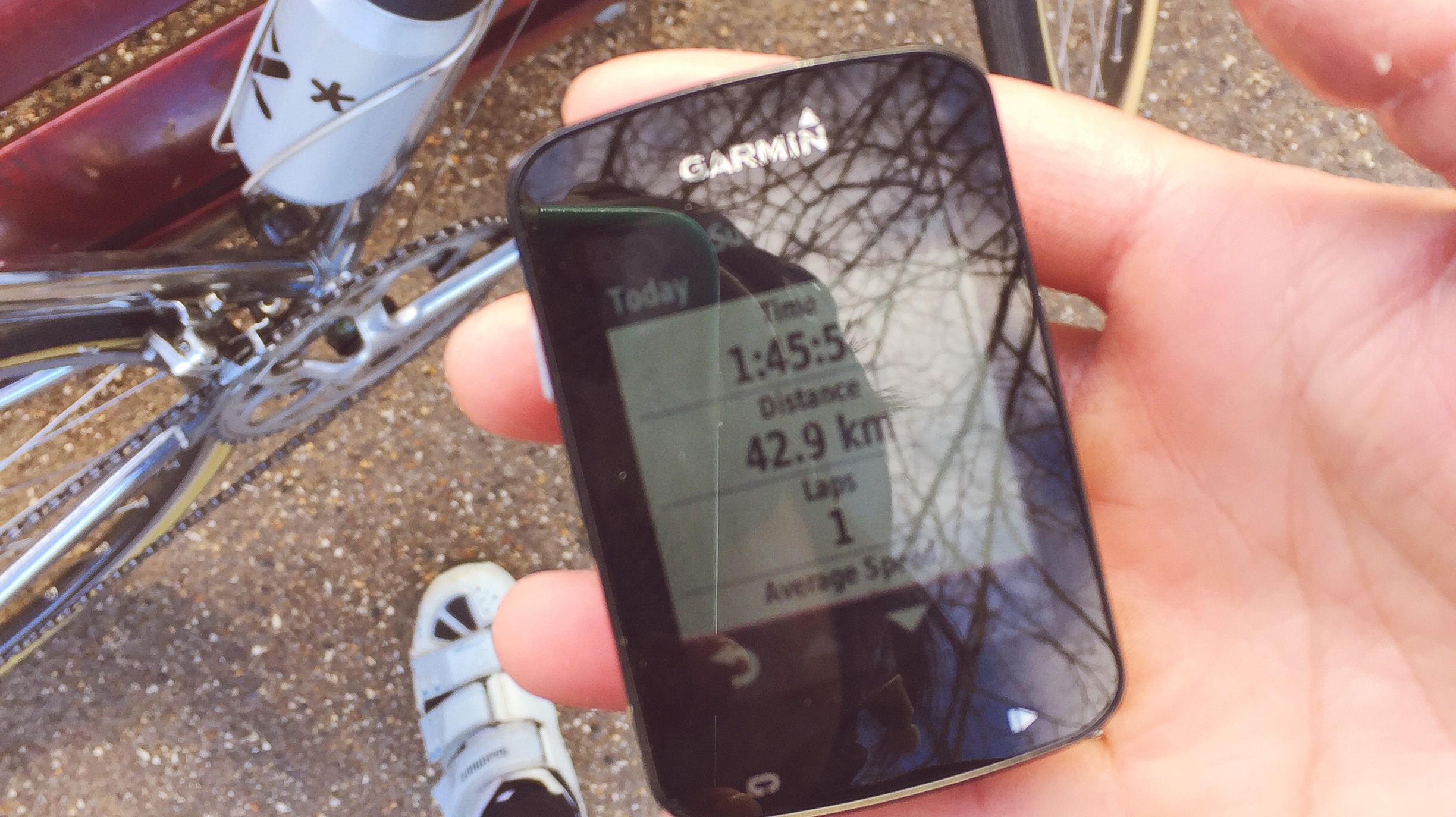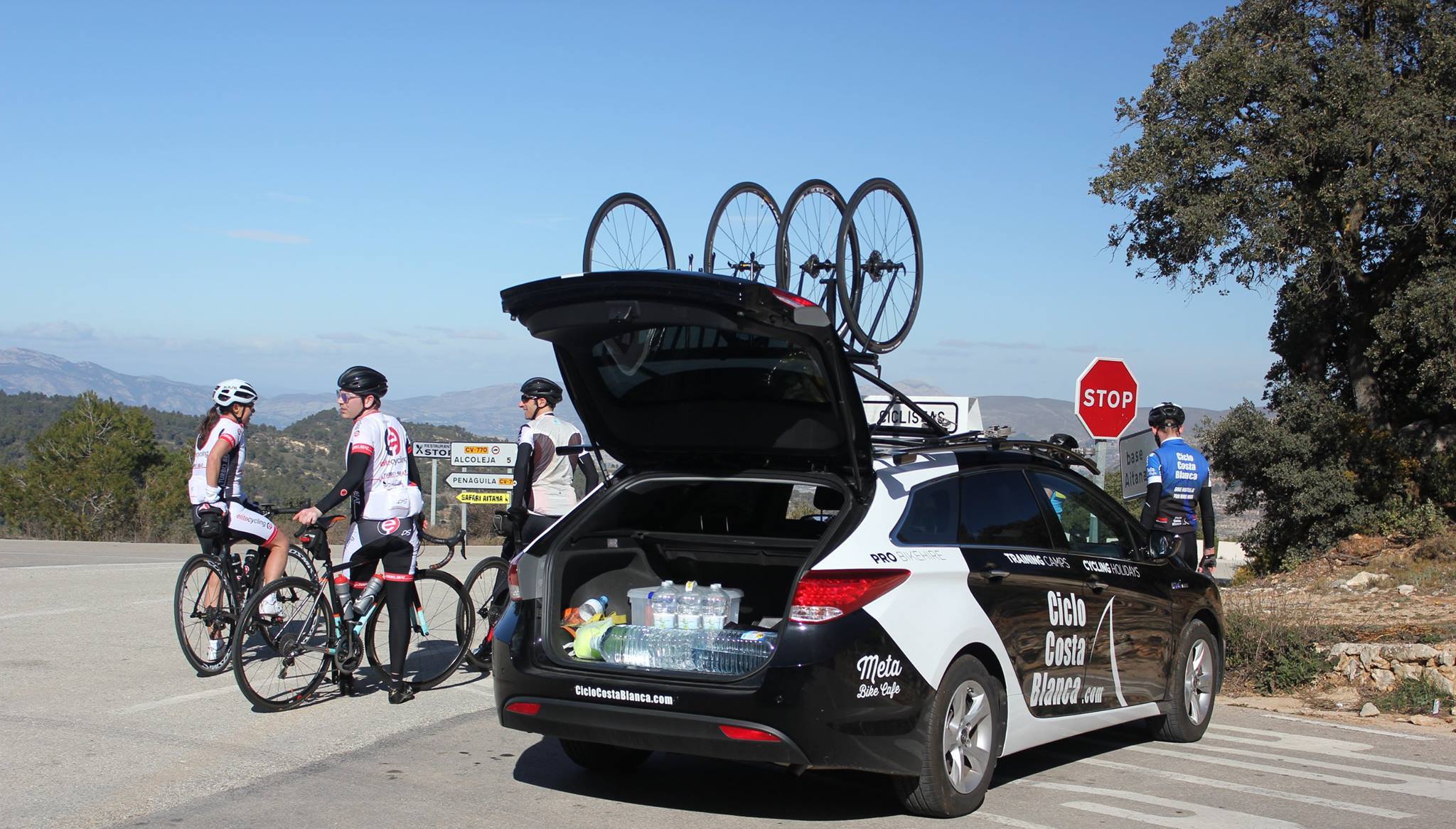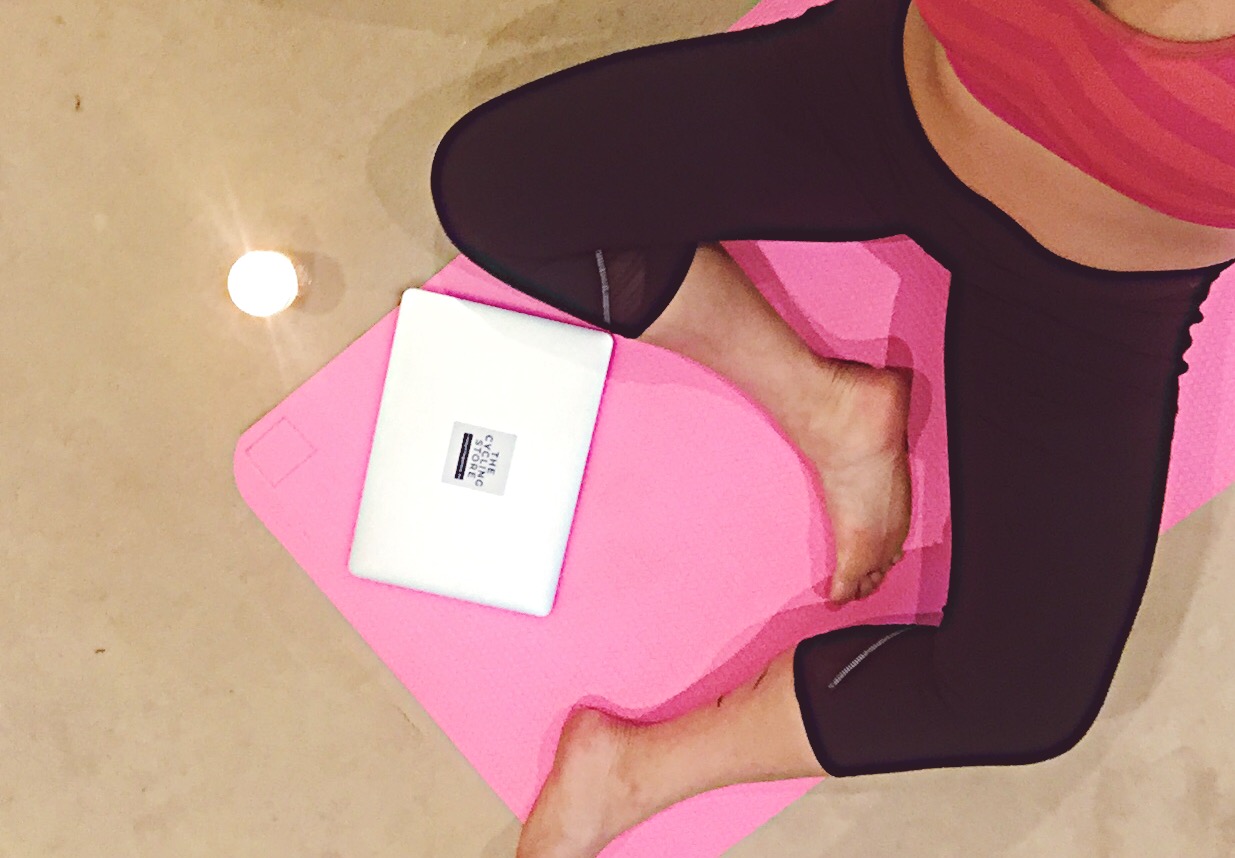Words: Naomi Mahendran
Ever thought about signing up for a cycling training camp but had no idea where to start? You’ll get the most out of your time there if you arrive with a good level of fitness, but how do you go about the preparation?
As a commuter who made the leap to road cycling last year, I decided to sign up for a week-long training camp in Girona with the Adventure Syndicate, led by Lee Craigie and Emily Chappell.

Deciding to go on a training camp organised by an ultra-endurance racer and a former British mountain bike champion meant I had a pretty big fear of showing up and being the least fit/slowest of the group. I decided to use this as an incentive to build up some base fitness and strength ahead of the camp – using my experience training for running half-marathons as a starting point. Here are my top tips for pre-training both body and mind, to get myself in the right headspace, and so I would get the most out of my week.
Women’s Road Cycling Training Camps for 2017
Weeks or months to go: break it down

No matter what your fitness level, break down the time you have till T-0 into manageable week-by-week segments. Try and include at least one each of strength and yoga/stretching sessions along with more intense short to medium length rides and one long ride at the weekend. No matter what your level, try and challenge yourself each week by making the long ride a little longer or more challenging, by increasing the distance and incorporating longer or steeper hills.
How to: Plan Training and Stick to It
[*Editor’s note: You’d be surprised what your legs are capable of when all you have to think about all week is ride, eat, recover, repeat. Don’t try to ride the sort of weekly mileage you’ll complete on camp at home. Rather, ramp up so that you can complete the distance of an ‘average day’ on weekend rides before you go.]
Benchmark your results

In the first week, schedule a ‘threshold test’ to set a benchmark for your overall fitness – then repeat it at two-week intervals till you leave. A good one is laps around a closed loop (like Regents Park in London) or 20 minutes on an indoor bike. After a 10-minute warm-up, try and maintain a constant pace at the highest rate you can sustain for the duration. Doing it right, you should be completely exhausted at the end.
Training with Power Threshold Test Explained
Training with Heart Rate Threshold Test Explained
Depending upon what you have available to you, record your average speed, heart rate or power – but remember that if you do the test outside factors such as wind, rain or even air pressure will have an effect on your speed and effort required to achieve that speed. The test is more repeatable if completed on an indoor bike. Remember that change doesn’t happen overnight, so it’s easy to get discouraged when you don’t see big results immediately. The best thing about repeating the same test over and over again is that you’ll notice the small changes – and it’s those baby steps that add up to big leaps and a stronger you.





